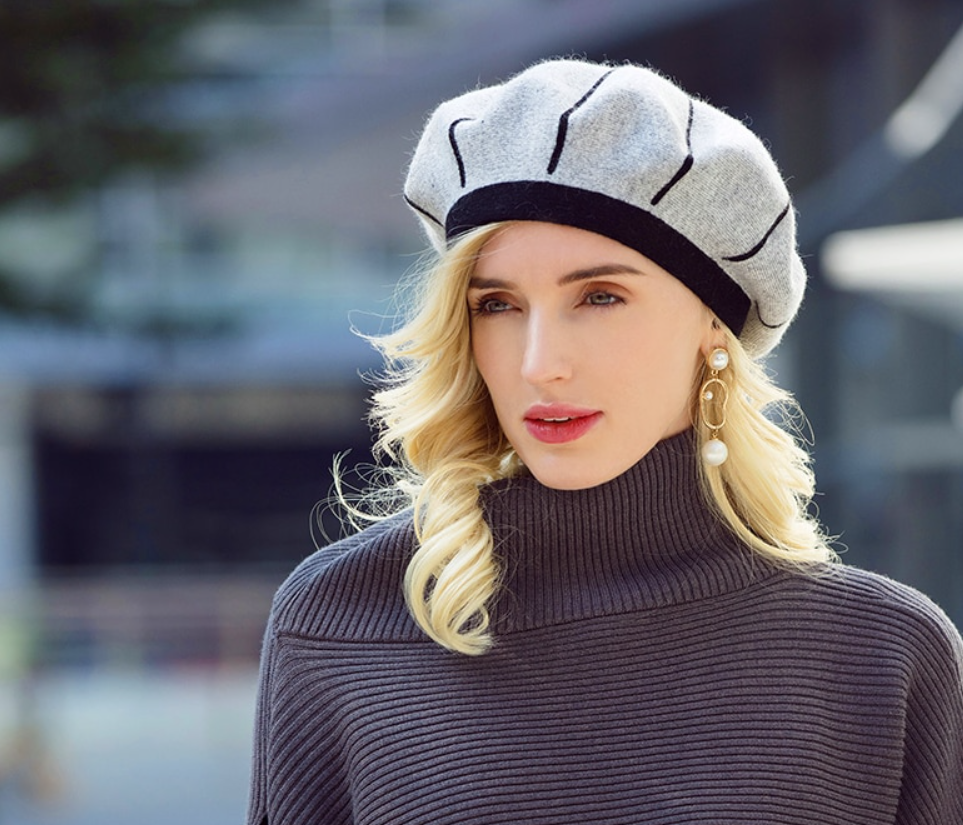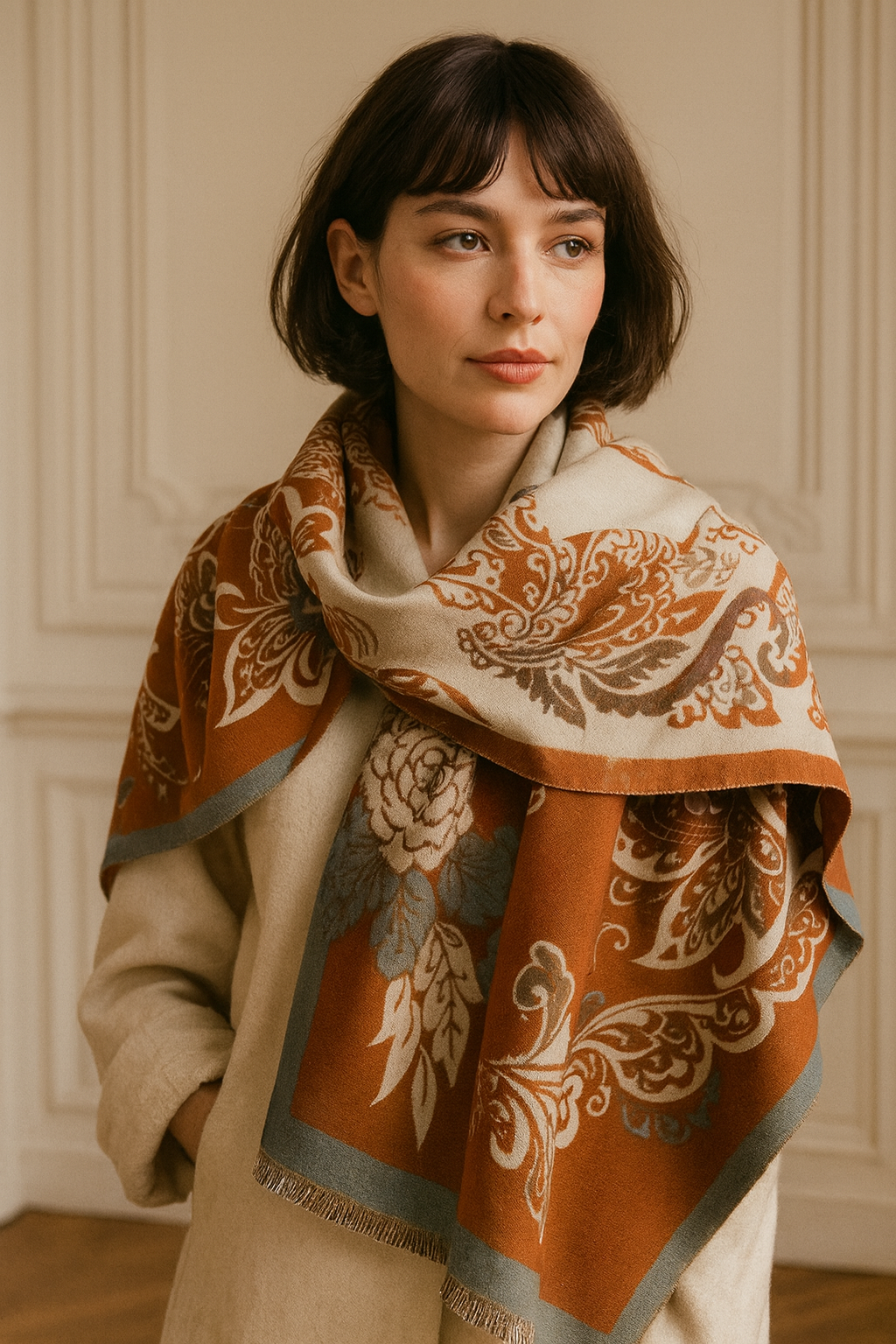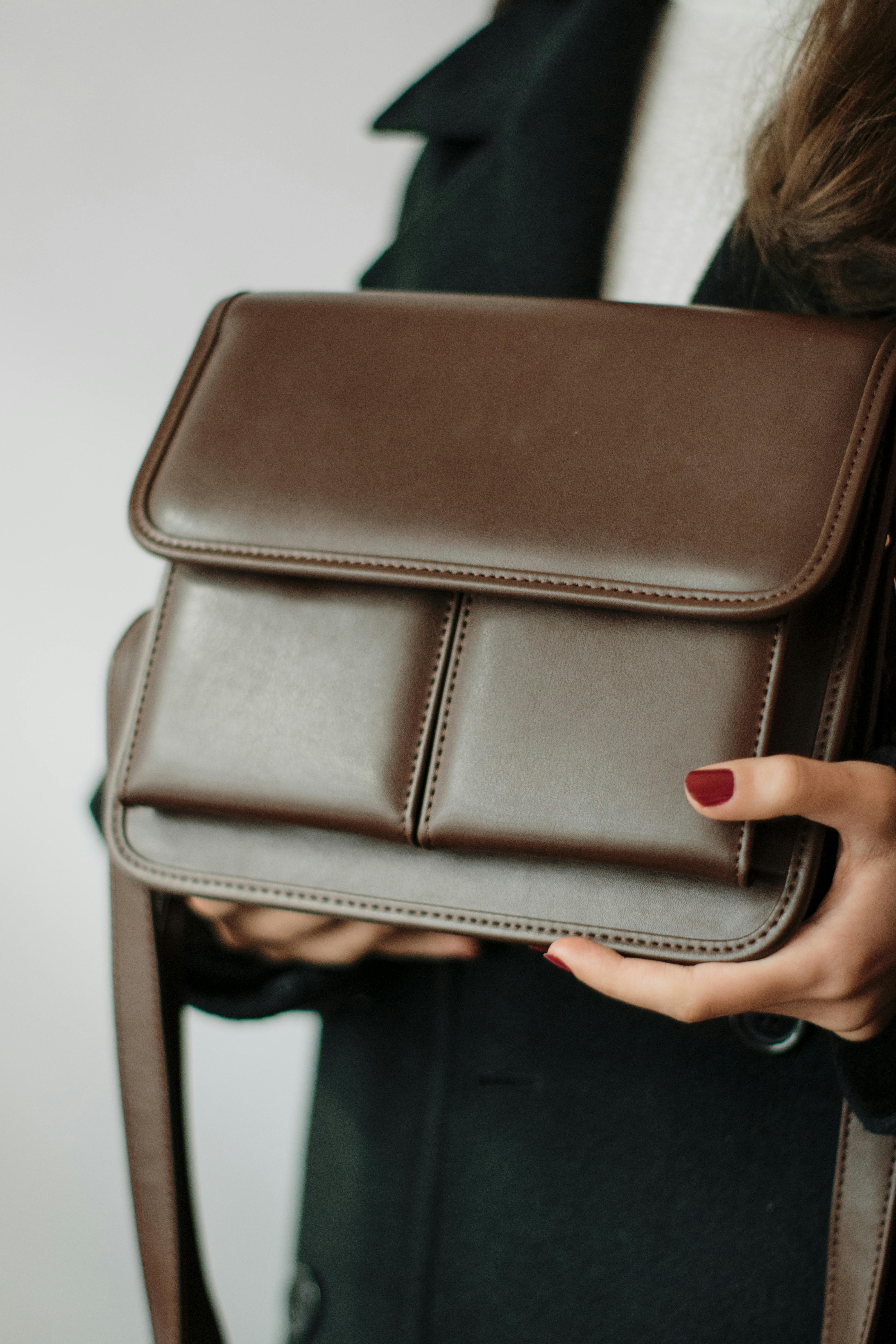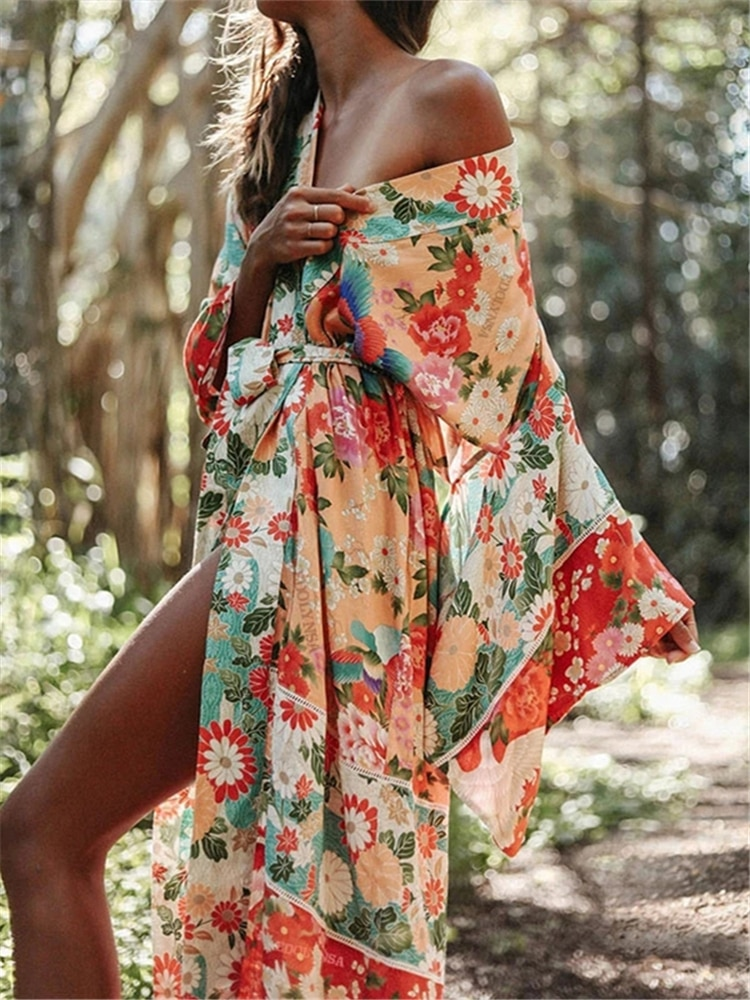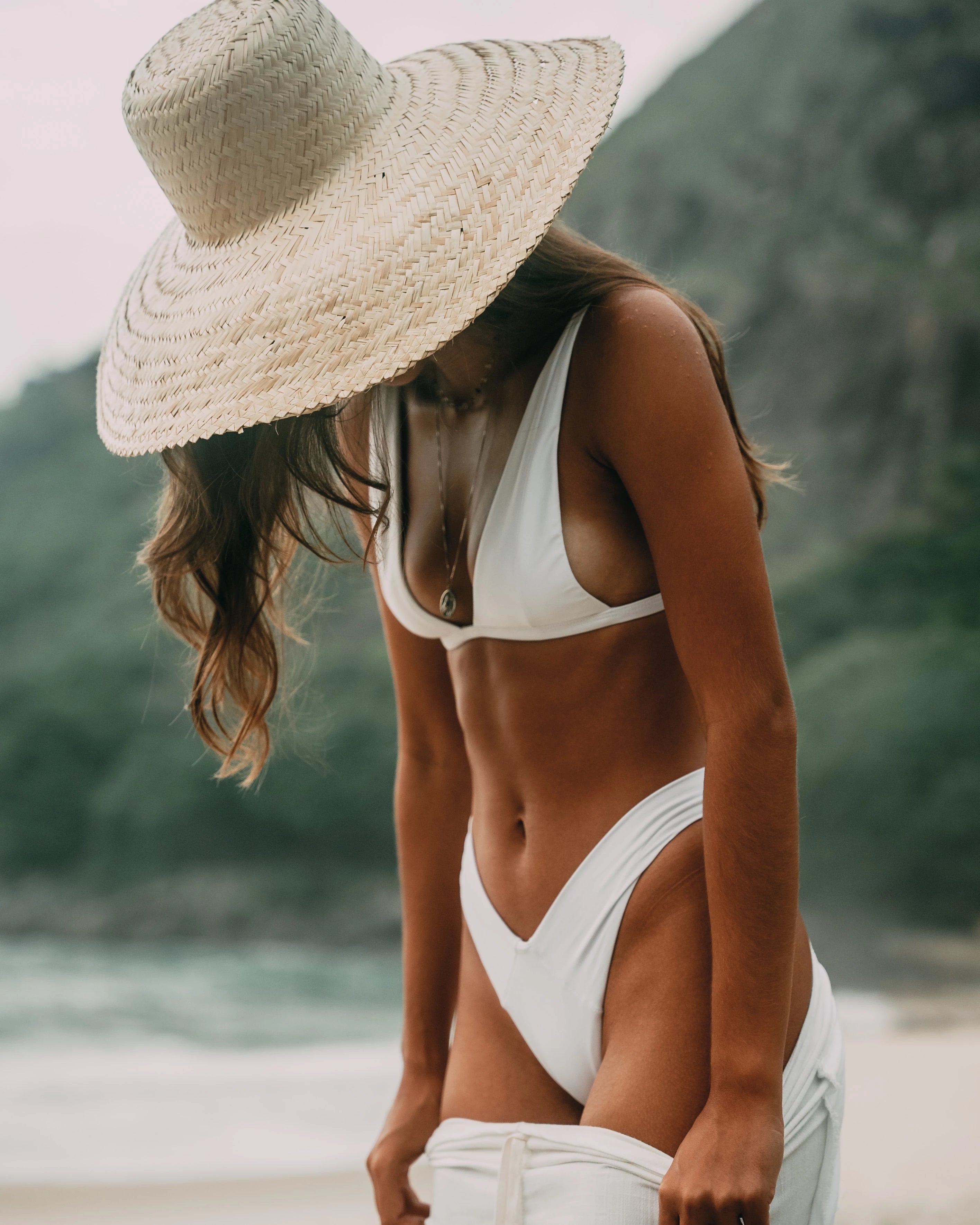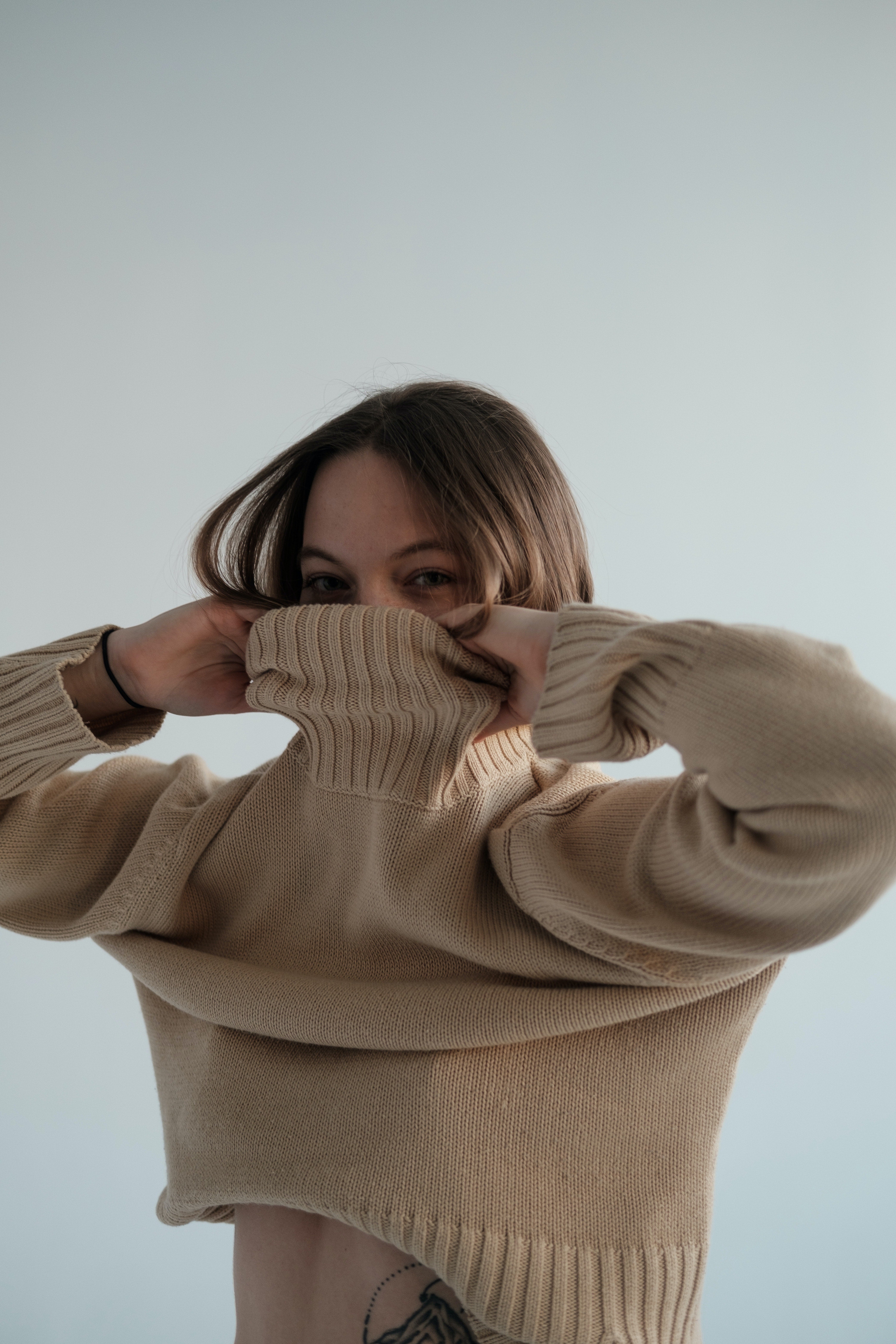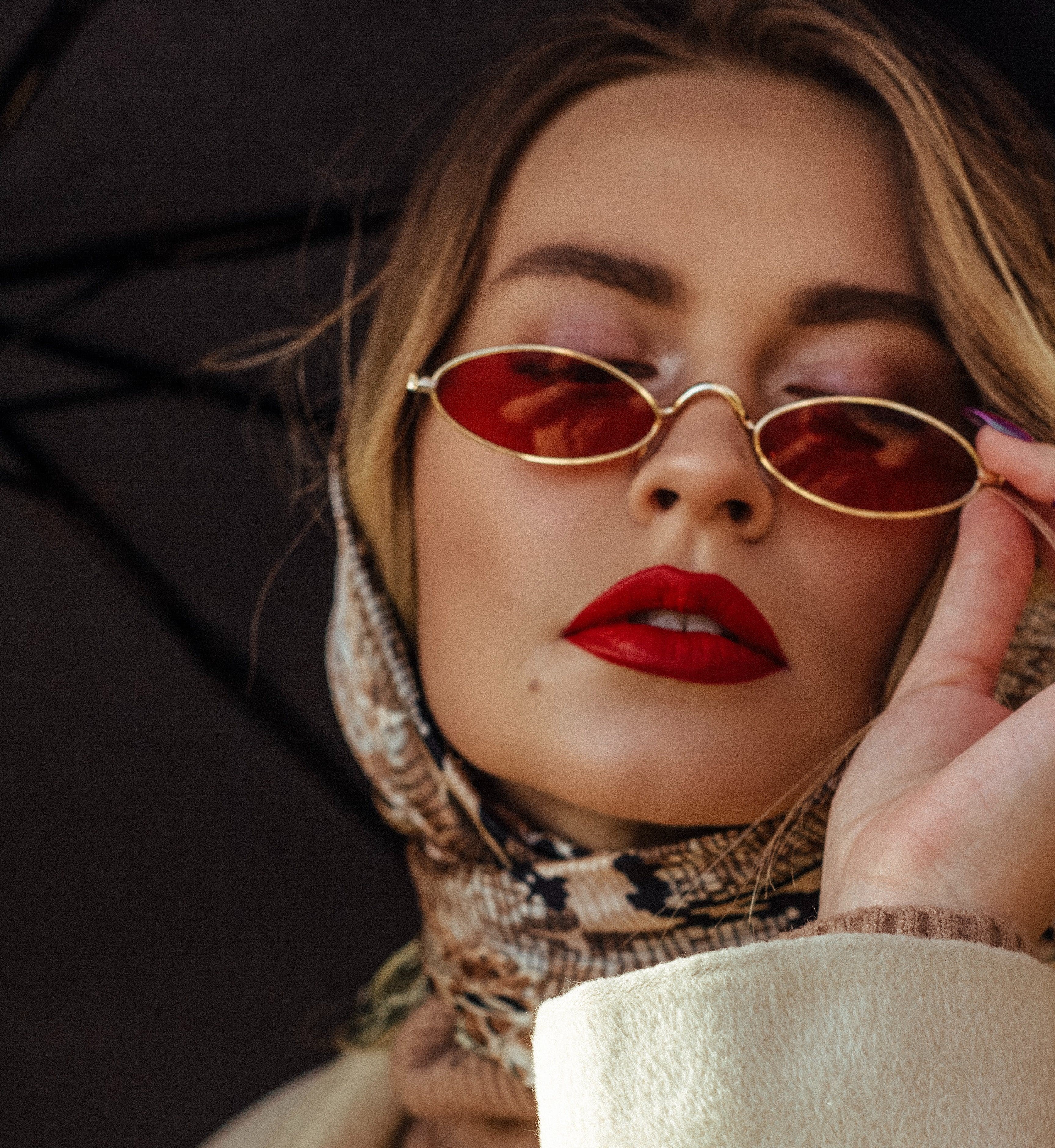
The First Chapters: Ancient Origins and Cultural Symbolism
The scarf, much more than a simple fashion accessory, has a rich and deep history that spans several millennia. Its origins can be traced back to ancient times, where it was used in various cultures for practical and symbolic reasons. In ancient Rome, the headscarf, known as a "sudarium", was a cloth used to wipe away sweat, while in ancient China it was worn by warriors to signify their rank. In Egypt, the pharaohs wore it as a symbol of power and prosperity. These early uses show that the scarf was always more than just an ornament, it was a marker of social status and cultural role.
The European Ascension: From Military Symbol to Fashion Icon
The history of the headscarf took a significant turn in Europe in the 17th century, particularly with the adoption of the "cravat" by the French nobility, inspired by the scarves worn by Croatian soldiers. This trend laid the foundation for the modern tie and marked the beginning of the era of the scarf as a fashion item in Europe. In the 19th century, with the advent of the industrial age and improvements in weaving techniques, scarves became more accessible and varied in terms of colors, patterns and materials. They were frequently used by women to protect their hair or as a stylish addition to their outfits. Additionally, the headscarf began to play a role in the suffragette movement, used as a means of political and social expression.
The Scarf in the 20th Century: From Utility to Style Icon
In the 20th century, the scarf acquired a new dimension in the world of fashion. Style icons such as Audrey Hepburn, Grace Kelly and even Queen Elizabeth II popularized it as a symbol of grace and elegance. Designers began experimenting with luxurious materials like silk, transforming the scarf into a luxury item. Haute couture fashion houses, notably Hermès, have elevated the scarf to the status of a work of art, with intricate designs and exclusive patterns. In the 1960s and 1970s, the headscarf took on a bohemian turn, reflecting the social and cultural movements of the time. It has become a means of personal expression, going beyond its traditional role as an accessory.
The Modern Era and Evolution Continue
Today, the scarf continues to evolve, reflecting contemporary trends while remaining true to its rich heritage. From luxury brands to independent designers, the scarf is now available in an endless range of styles, patterns and fabrics. It has become a versatile accessory, capable of transforming an ordinary outfit into a sophisticated look. With the advent of e-commerce and social media, the headscarf has reached a global audience, allowing styles and traditions from different cultures to intersect and influence each other. The scarf continues not only to be a fashion accessory, but also a means of cultural and personal expression, testifying to the changing and colorful history of fashion throughout the ages.


